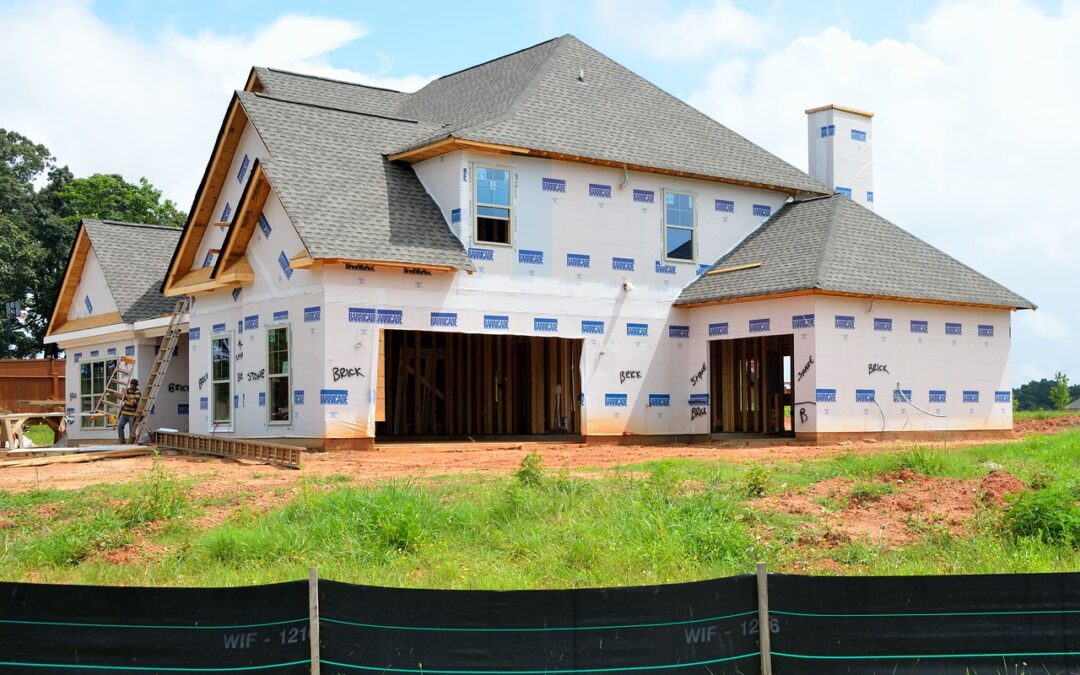Do you shy away from making “green purchases” because you think they’re too expensive? Or simply unaffordable and never pay back?
The Green Premium: It’s not as much as you think!
Hannah Ritchie of Our World in Data provides a compelling perspective on this issue. She points out that even if green cement were 75% more expensive than traditional cement, the additional cost to a $250,000 house would be around 1%. While $2,500 isn’t zero, it is often less than the price changes due to bidding wars. This illustrates that the green premium adds less to the final cost of many products than you might think.
Practical Examples for Private Residences
For private residential projects, incorporating green features can be both practical and affordable. Here are a few examples:
- Low-Flow Water Fixtures: Installing low-flow, water-efficient toilets and showerheads can significantly reduce water usage without compromising performance.
- Energy-Efficient Hot Water Tanks: Modern hot water tanks are designed to be more energy-efficient, reducing both energy consumption and utility bills.
- LED Lighting: LED lighting, now available in warm white colors, offers substantial energy savings over traditional incandescent bulbs and has a much longer lifespan.
- Insulation and Windows: High-performance insulation and energy-efficient windows can greatly reduce heating and cooling costs.
Long-Term Savings and Value
The initial investment in green construction may be higher than traditional methods. However, these upfront costs can be offset by significant savings in operational expenses over time. Energy-efficient homes often result in lower utility bills due to reduced energy consumption. Moreover, homes built with green principles are often more attractive to buyers and can command higher prices in the real estate market.
Incentives and Rebates
Governments and local authorities frequently offer incentives, tax credits, and rebates for green construction. These financial benefits can significantly reduce the net cost of building a green home, making it an economically sound decision.
A Holistic View of Costs
So don’t forget to look beyond your initial outlay. The long-term benefits of reduced energy bills, potential property value increases, and available incentives demonstrate that green construction can be a smart and sustainable investment. Just do the math and decide for yourself.
By embracing green building practices, homeowners can enjoy financial benefits while contributing positively to the environment

